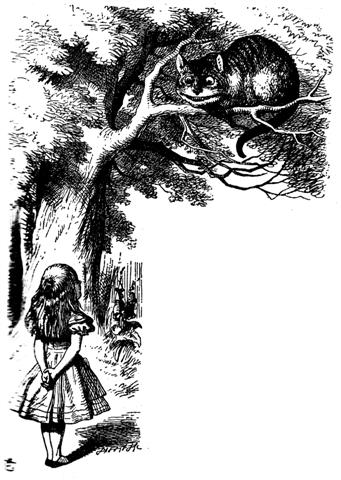|
THE D TABLET
When the Head of the King was bound to come off his supporters surely would be in great trouble. Furthermore, the idea was ancient: ... Instead of that old, dark, terrible drama of the king's death, which had formerly been played to the hilt, the audience now watched a solemn symbolic mime, the Sed festival, in which the king renewed his pharaonic warrant without submitting to the personal inconvenience of a literal death. The rite was celebrated, some authorities believe, according to a cycle of thirty years, regardless of the dating of the reigns; others have it, however, that the only scheduling factor was the king's own desire and command. Either way, the real hero of the great occasion was no longer the timeless Pharaoh (capital P), who puts on pharaohs, like clothes, and puts them off, but the living garment of flesh and bone, this particular pharaoh So-and-so, who, instead of giving himself to the part, now had found a way to keep the part to himself. And this he did simply by stepping the mythological image down one degree. Instead of Pharaoh changing pharaohs, it was the pharaoh who changed costumes ... It must occur in high summer. And half a year later it was necessary to begin the tremendous work of rebuilding it all again, after the pieces had returned.
... On February 9 the Chorti Ah K'in, 'diviners', begin the agricultural year. Both the 260-day cycle and the solar year are used in setting dates for religious and agricultural ceremonies, especially when those rituals fall at the same time in both calendars. The ceremony begins when the diviners go to a sacred spring where they choose five stones with the proper shape and color. These stones will mark the five positions of the sacred cosmogram created by the ritual. When the stones are brought back to the ceremonial house, two diviners start the ritual by placing the stones on a table in a careful pattern that reproduces the schematic of the universe. At the same time, helpers under the table replace last year's diagram with the new one. They believe that by placing the cosmic diagram under the base of God at the center of the world they demonstrate that God dominates the universe. The priests place the stones in a very particular order. First the stone that corresponds to the sun in the eastern, sunrise position of summer solstice is set down; then the stone corresponding to the western, sunset position of the same solstice. This is followed by stones representing the western, sunset position of the winter solstice, then its eastern, sunrise position. Together these four stones form a square. They sit at the four corners of the square just as we saw in the Creation story from the Classic period and in the Popol Vuh. Finally, the center stone is placed to form the ancient five-point sign modern researchers called the quincunx ...
Because Deneb Algiedi was the time for the final (the 'tail') of the Goat, the twin brother of Zeus (Jupiter, Father Light): ... The tradition preserved by Hyginus in his Poetic Astronomy that the constellation Capricorn ('He-goat') was Zeus's foster-brother Aegipan, the Kid of the Goat Amalthea whose horn Zeus also placed among the stars, shows that Zeus was born at mid-winter when the Sun entered the house of Capricorn ... The King was the Tree and the Head of this great Tree coresponded to ('was') the Head of the great King. ... And then the bone spoke; it was there in the fork of the tree: Why do you want a mere bone, a round thing in the branches of a tree? said the head of One Hunaphu when it spoke to the maiden. You don't want it, she was told. I do want it, said the maiden. Very well. Stretch out your right hand here, so I can see it, said the bone. Yes, said the maiden. She stretched out her right hand, up there in front of the bone. And then the bone spit out its saliva, which landed squarely in the hand of the maiden. And then she looked in her hand, she inspected it right away, but the bone's saliva wasn't in her hand. It is just a sign I have given you, my saliva, my spittle. This, my head, has nothing on it - just bone, nothing of meat. It's just the same with the head of a great lord: it's just the flesh that makes his face look good. And when he dies, people get frightened by his bones. After that, his son is like his saliva, his spittle, in his being, whether it be the son of a lord or the son of a craftsman, an orator. The father does not disappear, but goes on being fulfilled. Neither dimmed nor destroyed is the face of a lord, a warrior, craftsman, an orator. Rather, he will leave his daughters and sons. So it is that I have done likewise through you. Now go up there on the face of the earth; you will not die. Keep the word. So be it, said the head of One and Seven Hunaphu - they were of one mind when they did it ...
|
|||||||||||||||||||||||||||||||||||||||||||||||||||||||||||||||||||||||||||||||||||||||||||||||||||||||||||||||||||||
.jpg)



